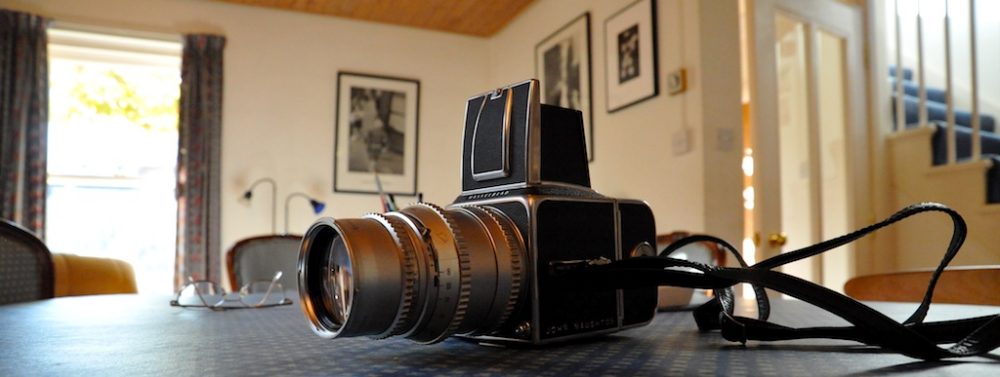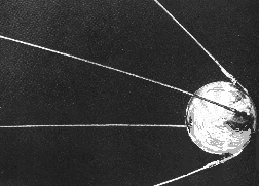Well, well. Here’s an interesting interview in The Daily Princetonian with Bill Gates. The bit that grabbed me is this:
Q: There has been a lot of debate about the next generation Blu-ray and HD DVD technologies in recent weeks. It seems more and more companies are backing the Blu-ray standard. The current debate seems to harken back to the Betamax vs. VHS format war in the 1970s and 80s, where Betamax was ostensibly the superior technology yet it did not gain wide acceptance. Why is Microsoft not backing Blu-ray today — a technology that many consider to be superior?
Gates: Well, the key issue here is that the protection scheme under Blu-ray is very anti-consumer and there’s not much visibility of that. The inconvenience is that the [movie] studios got too much protection at the expense consumers and it won’t work well on PCs. You won’t be able to play movies and do software in a flexible way.
It’s not the physical format that we have the issue with, it’s that the protection scheme on Blu is very anti-consumer. If [the Blu-ray group] would fix that one thing, you know, that’d be fine.
For us it’s not the physical format. Understand that this is the last physical format there will ever be. Everything’s going to be streamed directly or on a hard disk. So, in this way, it’s even unclear how much this one counts.
At first sight, this looks encouraging. At last, a major computer technology company is standing up to the copyright thugs. The only problem is that the same Bill Gates has ceded veto rights to Hollywood studios over some features of the forthcoming Vista (aka Longhorn) release of Windows. Not much evidence of concern for consumers there. So either Redmond’s right hand knoweth not what its left hand doeth; or Mr Gates speaks with forked tongue.
Update: Cian Ginty of Gamestoaster.com writes:
Possibly overlooked by many people, Microsoft’s main reasons for not supporting the format may be because Sony is to use Blue-ray in their rival PS3 games console, which is to launch within a year after MS’s Xbox 360 console which should be out for Christmas.

